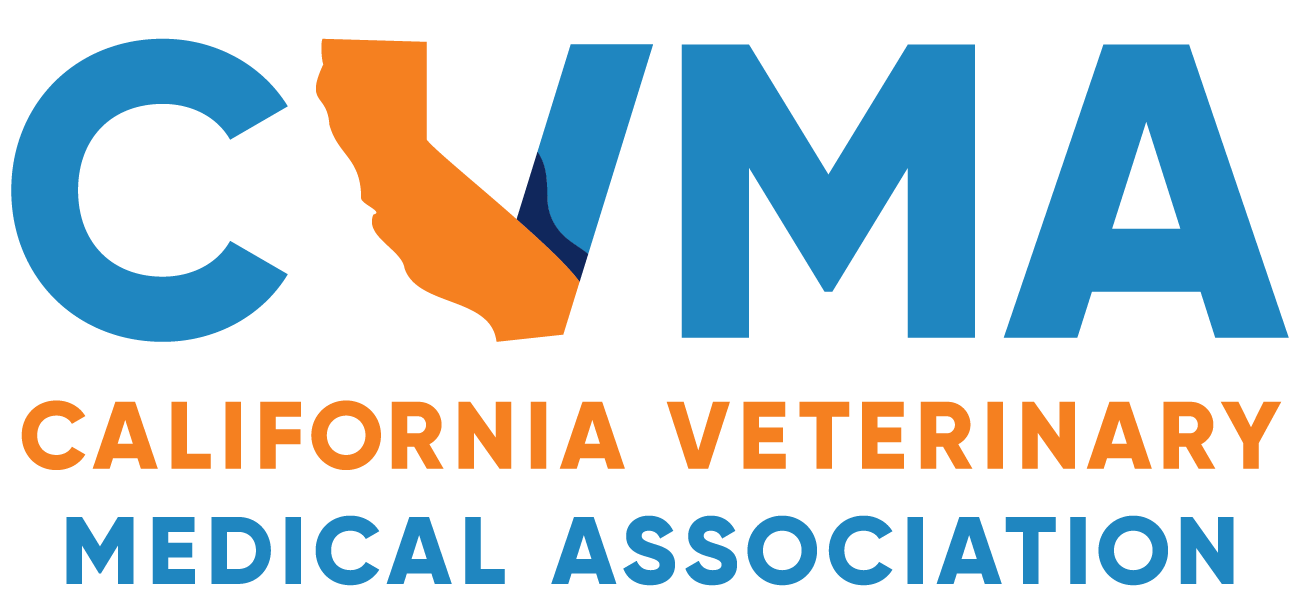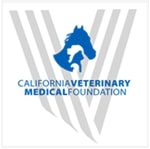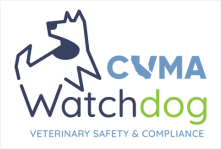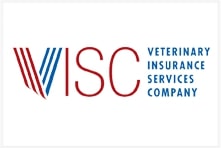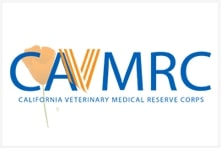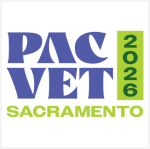This article was originally printed in the January/February 2025 issue of the California Veterinarian magazine.
The only occupation I ever remember wanting to do as I grew up other than a veterinarian was dolphin trainer. After I got a few more years under my belt, I realized that swimming with porpoises might not be the career for me, and instead I went to my “backup” career plan of veterinary medicine.
While attending Brigham Young University as an undergraduate student, I was fully committed to following the path to a DVM degree. However, during this time I began working in an evolutionary biology lab studying the phylogenetics of crayfish and became enamored with research.
Even so, I applied to veterinary school and attended Michigan State University (MSU) College of Veterinary Medicine with the intention of working in small animal private practice following graduation. After my first year of the program, the “research bug” returned and I participated in avian viral disease research each summer until graduation.
It was during this time at MSU that I learned more about the specialty of Laboratory Animal Medicine. It appeared to me to be the perfect mixture of clinical medicine and research.
Somewhat to the chagrin of my family and friends who were anticipating getting free veterinary care for the rest of their lives, I was accepted into a combined Lab Animal Medicine residency and PhD program jointly operated by the City of Hope Beckman Research Institute and the University of Southern California.
This program prepared me well for the future roles that I would have in the field as well as for board certification as a Diplomate of the American College of Laboratory Animal Medicine. It has certainly been an extended educational road that I traveled to get to this point, and there is no way it would have been possible without the support of my family.
I often get quizzical looks from people when they find out that a veterinarian works at a world renowned (human) cancer and diabetes hospital and research institute. However, after a brief (or long!) discussion, they better understand the critical role the veterinarian plays in ensuring animal welfare and supporting research aimed at saving human and animal lives.
A few of the aspects about my job that I like most are getting to work with some of the most brilliant minds in science and supporting research striving to solve the biggest problems in the world.
In addition to working with amazing people, I also get to work with amazing animals. These animals include unique transgenic rodents, curious swine, slimy amphibians, and mysterious sharks. The more we learn about them, the more we see that these animals have a lot to teach us.
From time to time, I think back upon the oath I took as a veterinarian at my graduation. In part, that oath states that I will “use my scientific knowledge and skills for the benefit of society through the protection of animal health and welfare, the prevention and relief of animal suffering, the conservation of animal resources, the promotion of public health, and the advancement of medical knowledge.”
I have found fulfillment of this oath in the specialty of laboratory animal medicine, and I think my family and friends would agree, even if they don’t get free veterinary care!
